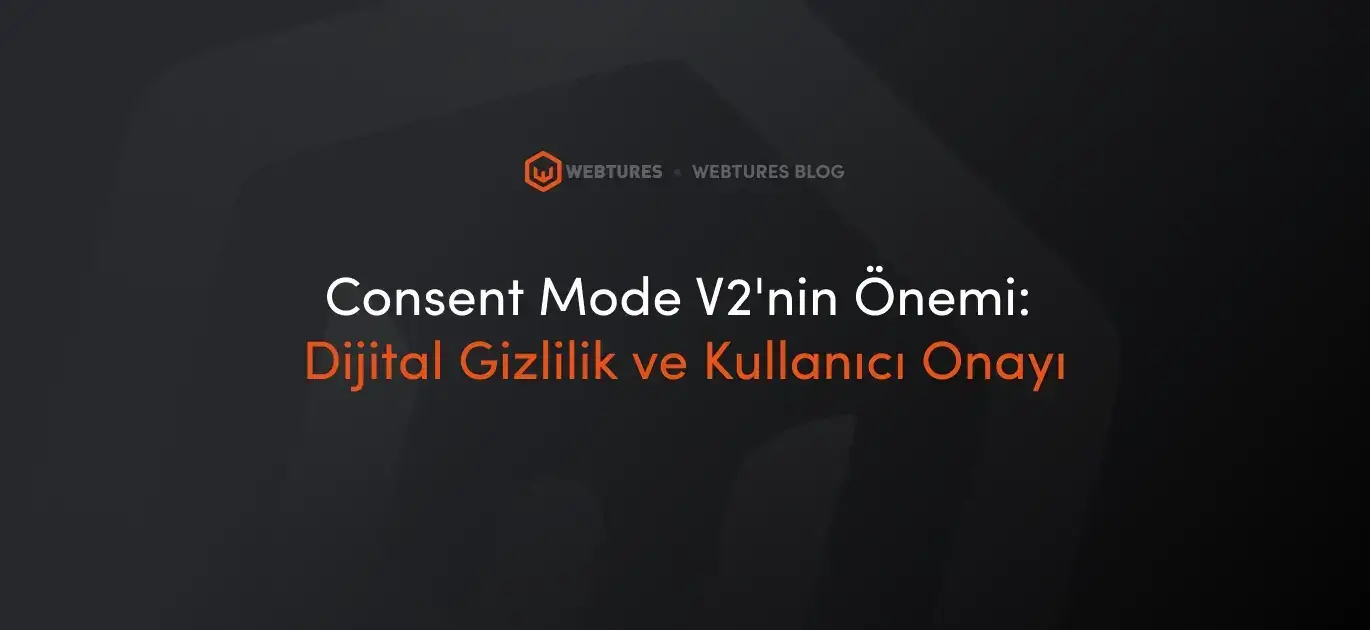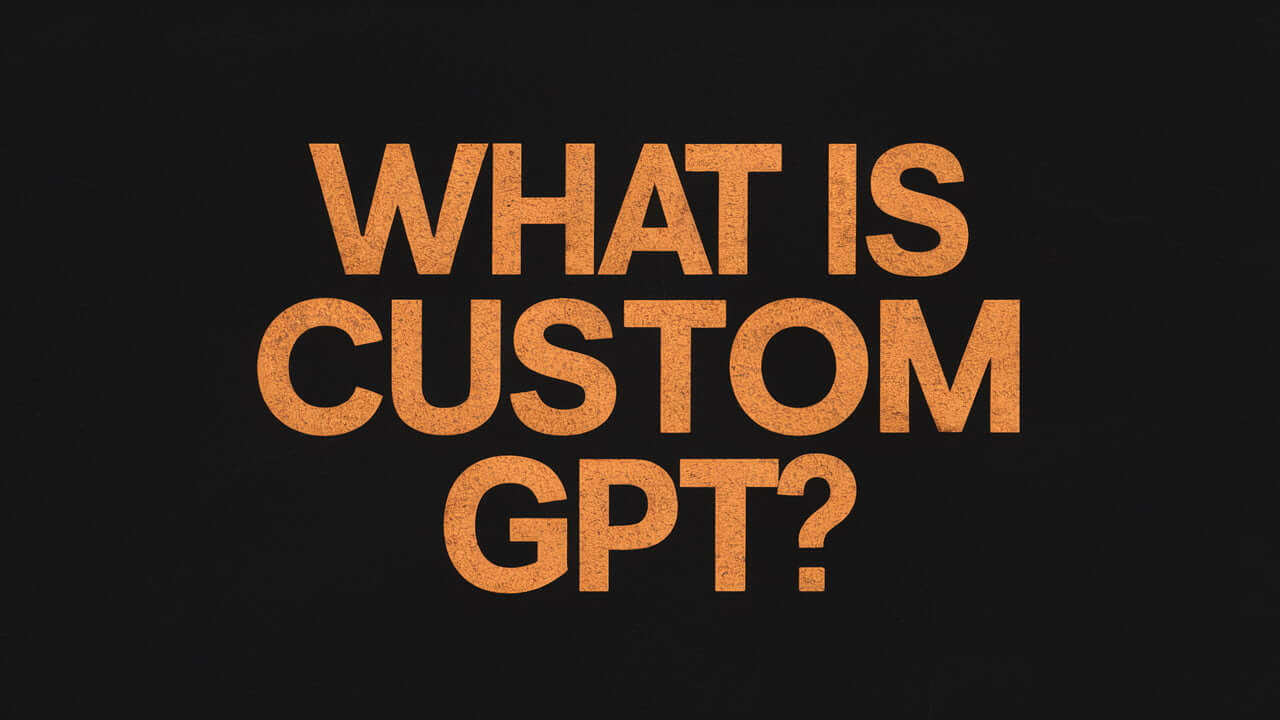The Importance of Google Consent Mode V2: Digital Privacy and User Consent

Google Consent Mode V2 offers a modern approach to user privacy in the ever-changing and evolving internet landscape. This innovative solution provides website owners the ability to manage user cookie preferences more effectively, balancing the need for data collection while respecting those preferences. Protecting user privacy has become more important than ever. Google Consent Mode V2 allows users to set their cookie consents in more detail, supporting global efforts to protect personal data. This system facilitates compliance with privacy regulations while helping website owners improve user experience and achieve business goals. Redefining user privacy and building trust in the digital environment is now more feasible with Google Consent Mode V2, marking the beginning of a new era for both users and website owners.
What is Google Consent Mode V2?
Google Consent Mode V2 is a solution that allows website owners to manage users’ cookie preferences more effectively. Compared to its first version, V2 offers more flexibility and control, enabling detailed management of user cookie preferences while allowing important functions like website analytics and ad targeting to continue. This new version provides advanced tools for website owners to understand and act according to user consents better. For instance, if a user does not permit ad cookies, Google Consent Mode V2 automatically adjusts ad displays on the site accordingly. This not only increases user satisfaction but also facilitates website owners’ compliance with privacy regulations.
The Importance of Transitioning from V1 to V2
The first version of Google Consent Mode offered significant flexibility in presenting content based on user cookie preferences. However, as technology and user expectations evolved, the need for more customization and control became apparent. V2 aims to meet these needs by offering detailed user preference management, helping website owners comply with privacy laws and improve user experience. Innovations introduced with V2 include finer processing of user preferences, improved data collection processes, and more effective management of user consents. These changes provide website owners the flexibility to respect user privacy while still collecting necessary data, achieving an ideal balance between user satisfaction and site performance.
Features of Google Consent Mode V2
Google Consent Mode V2 introduces significant innovations in managing user cookie preferences, helping website owners respect user privacy while continuing to collect essential analytical data. For example, when users set their cookie preferences, V2 is designed to reflect these choices more accurately, aiding in the protection of user privacy and enabling website owners to offer content and ads accordingly. Additionally, the improved user consent management with V2 allows website owners to comply more precisely with data collection and usage preferences. This is particularly beneficial for websites subject to strict privacy regulations like the European Union’s General Data Protection Regulation (GDPR). Better compliance with user cookie preferences enhances legal compliance and user trust.
Integration with Google Tag Manager
The integration of Google Consent Mode V2 with Google Tag Manager (GTM) offers significant conveniences for web administrators. Using GTM, you can manage your site’s cookie consent settings from a central location. Within GTM, you can create triggers and tags based on various consent scenarios, controlling which cookies and tracking codes are activated depending on user consent states. This respects user privacy while legally conducting necessary data collection.
Benefits of Google Consent Mode V2 for Website Owners
Google Consent Mode V2 provides several benefits to website owners, such as facilitating compliance with GDPR and other privacy regulations. Detailed user preference management enables better adherence to user privacy choices, easing legal compliance. This helps prevent potential legal issues and reduces privacy concerns for website owners. Additionally, V2 improves user experience by allowing more detailed user cookie preference settings, enabling websites to better cater to these preferences. For example, if users do not consent to ad cookies, V2 can reduce ad displays accordingly, enhancing the user experience and trust in the site.
How to Activate Google Consent Mode V2 on Your Website?
Activating Google Consent Mode V2 on your website helps balance your data collection needs with respect for user privacy. This process involves integrating the solution into your existing cookie management system using APIs and code samples provided by Google. The first step is configuring Consent Mode through a tag management system like Google Tag Manager. This ensures your site’s cookie consent mechanisms are compatible with Google Consent Mode V2. Reviewing your site’s cookie policies and user consent mechanisms is crucial during the configuration process. Using a consent management platform that allows users to clearly and understandably set their cookie preferences is a critical part of this process. Google offers comprehensive guides and API documentation to facilitate this integration, allowing you to configure your site to comply with Consent Mode V2.
The Future and Expectations of Google Consent Mode V2
Google Consent Mode V2 is a significant step in response to increasing demands for user privacy and regulatory requirements. This new version offers website owners the flexibility to comply with user privacy preferences while collecting necessary analytical data. In the future, Google is expected to further develop Consent Mode and add new features. These advancements will help website owners maintain user privacy while increasing efficiency.
With continuous evolution in privacy regulations and data protection, the adaptation and development of Google Consent Mode V2 will become increasingly important for website owners. Utilizing this tool effectively is crucial for complying with privacy regulations, improving user experience, and building trust. This not only meets legal requirements but also enhances user satisfaction and site loyalty.
Common Google Consent Mode Integration Issues and Solutions
One common issue when activating Google Consent Mode V2 is incompatibility with your existing cookie management system. In such cases, updating your system to be compatible with Google Consent Mode V2 is usually the solution. This process may require technical expertise as changes to your site’s code might be needed for proper integration. Google’s official documentation and community forums offer valuable resources for solving such integration issues, often including step-by-step guides.
Another common problem is the incorrect recording or reflection of user cookie preferences, usually due to misconfiguration of the consent mechanism. Ensure your consent mechanism is correctly integrated with Google Consent Mode V2 APIs to accurately capture and apply user preferences. Regular testing to ensure user preferences are correctly updated and reflected with each visit is also important.
Conclusion: Balancing Privacy and Performance with Google Consent Mode V2
Google Consent Mode V2 offers website owners the flexibility to respect user privacy while collecting and processing necessary data. This new version allows for more detailed management of user cookie preferences and personalization of website content and ads accordingly. This improves user satisfaction while facilitating website owners’ compliance with privacy regulations. Successfully implementing Google Consent Mode V2 requires technical understanding and careful planning. However, these efforts yield significant benefits, such as increasing user trust, ensuring legal compliance, and improving website performance. For website owners, effectively using Google Consent Mode V2 is key to balancing privacy and performance, which is becoming increasingly important in today’s digital landscape.
The Importance of Consent Mode V2 from the Webtures Perspective
At Webtures, we emphasize the importance of investing in technologies that support our digital marketing strategies and customer goals. The data collection flexibility and respect for user privacy provided by Consent Mode V2 enable brands to communicate more effectively with their target audiences and optimize advertising campaigns. Additionally, this tool allows for the protection of brand reputation by respecting user privacy preferences.




